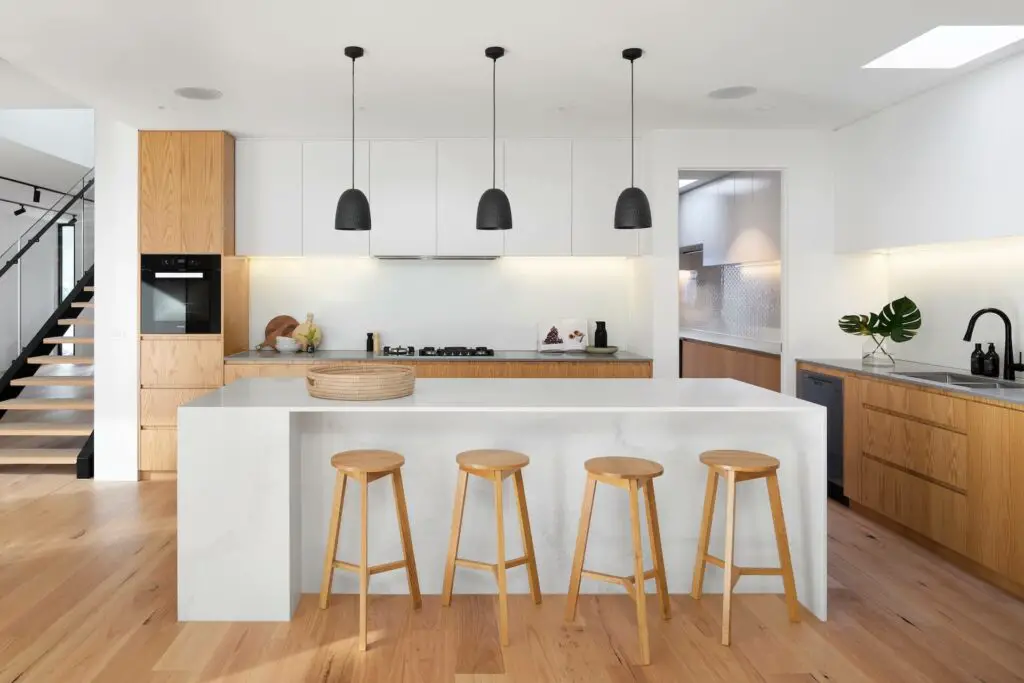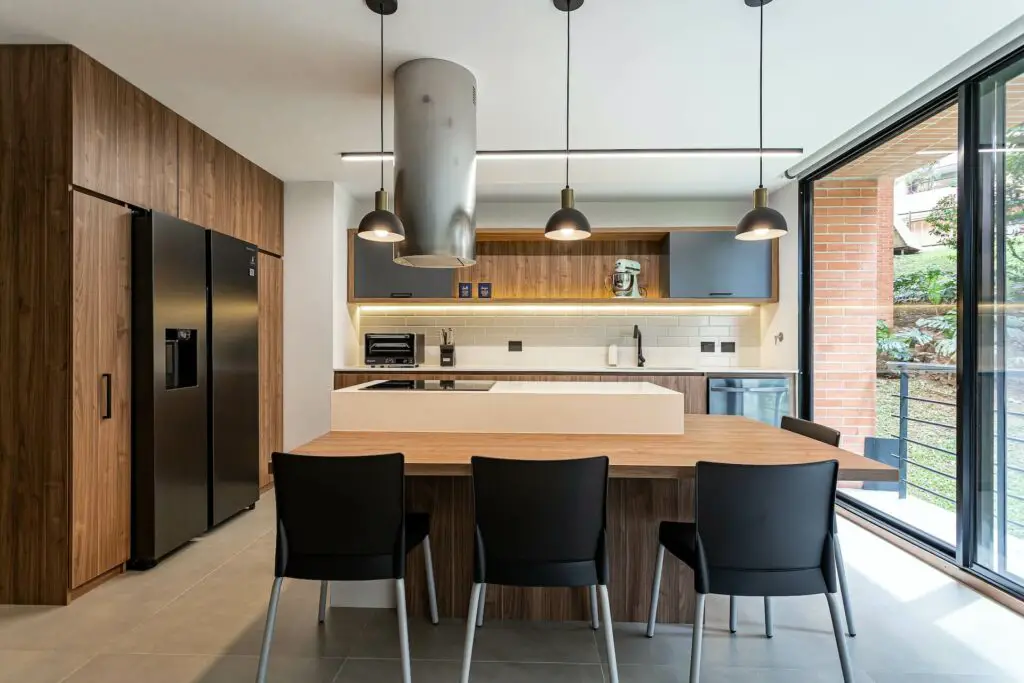I absolutely love Edison bulbs! They’re just so unique and interesting. But are they bright enough or should they be used purely for decoration? And do they belong in the kitchen? Let’s see some of their pros and cons.
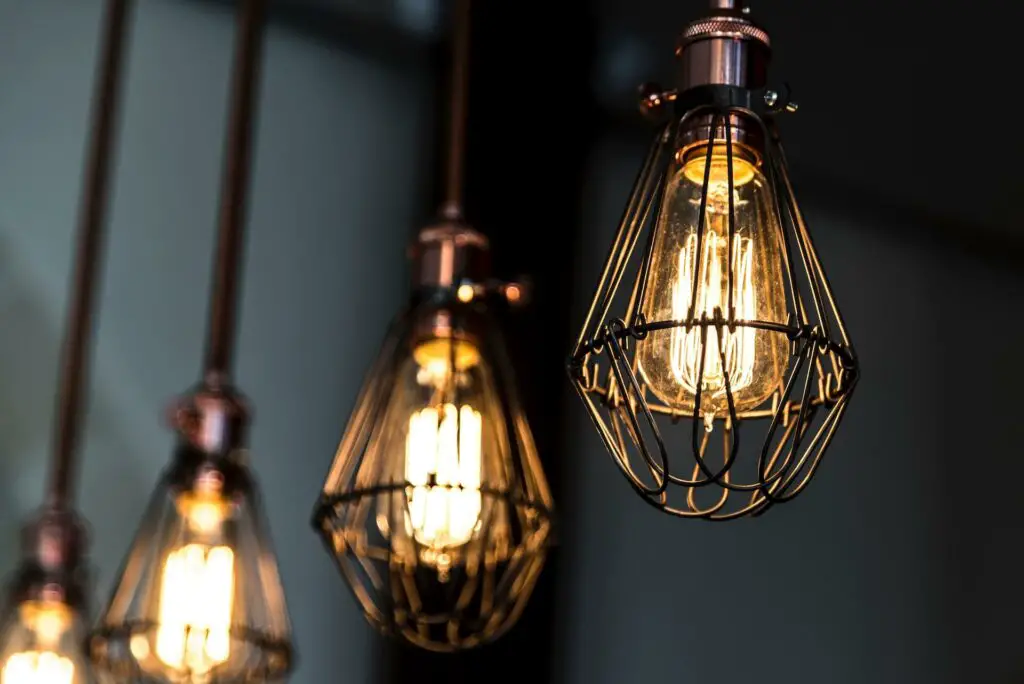
Edison bulbs are not bright enough for the kitchen, at least compared to normal incandescent bulbs. They are typically not used for their light output but for decoration. You can use Edison bulbs if you want to create a cozy, relaxing atmosphere but always supplement them with other light sources for ambient and task lighting.
However, brightness is not the only thing you should take into account when you consider buying Edison bulbs. Let’s discuss their lumen outputs, how much electricity they consume, and how you can perfectly implement them in your kitchen’s lighting scheme.
What Is The Lumen Output Of Edison Bulbs?
Before explaining the lumen output of Edison bulbs, you should have an overview of your lumen requirements for your kitchen.
Each area of your kitchen requires different brightness levels depending on its use. For this, I have prepared a detailed guide to lumens in the kitchen.
So now that you know how many lumens you need, let’s see some pros and cons of two types of Edison bulbs.
Incandescent vs LED Edison bulbs
Modern Edison bulbs can be either incandescent or LED.
Incandescent Edison bulbs typically have a tungsten filament and burn the same way as all incandescent bulbs – by current going through the tungsten wire and heating it up.
LED Edison bulbs, on the other hand, resemble in appearance the incandescent ones but have a small thin LED strip instead of a tungsten filament. In my opinion, the technology is not there yet to perfectly mimic the aesthetics of the incandescent bulbs but it keeps improving.
Of course, these are superior in terms of energy consumption and have other benefits that we will see later.
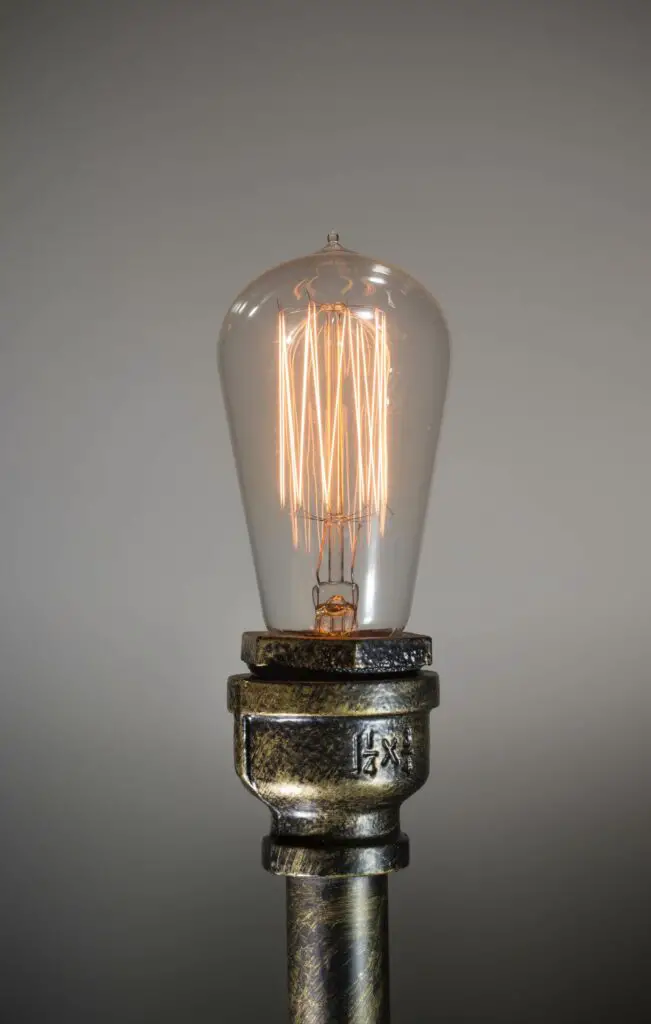
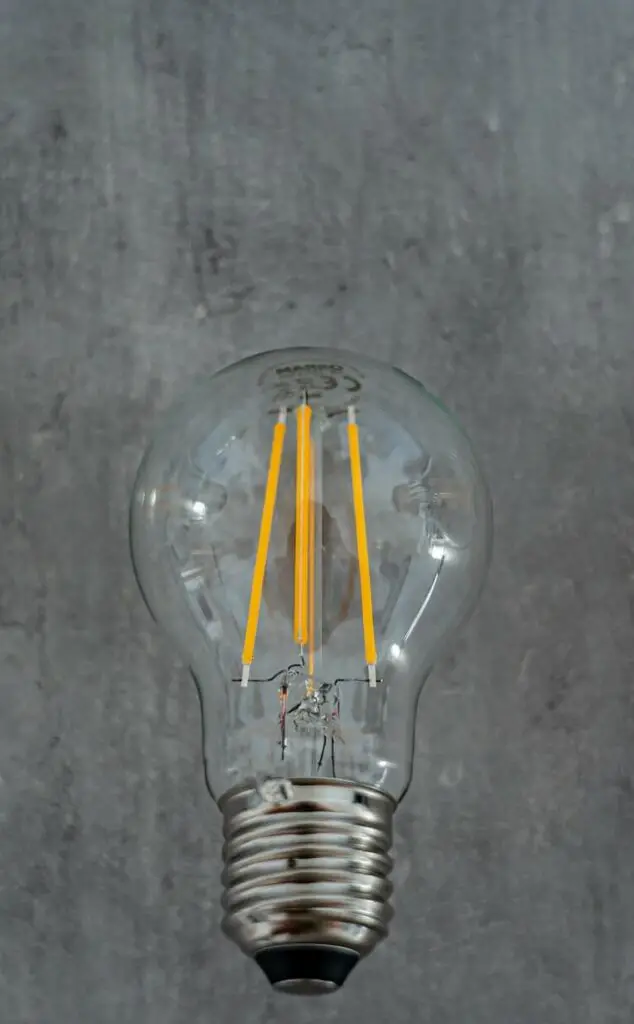
Incandescent Edison bulbs are much less efficient than normal incandescent ones. In fact, a 60-watt incandescent bulb produces about 800 lumens, whereas an Edison bulb of the same wattage would be at about 300 lumens.
Edison bulbs produce half the brightness of normal incandescent bulbs but have the same energy consumption.
How much electricity do they consume?
The table below shows the wattage requirements of the two Edison styles relative to their lumen outputs (normal incandescent bulbs for reference).
| Lumens | Incandescent normal (Watt) | Incandescent Edison (Watt) | LED Edison (Watt) |
|---|---|---|---|
| 150 | 20 | 40 | 3 |
| 240 | 30 | 60 | 4 |
| 800 | 60 | – | 7 |
| 1100 | 80 | – | 9 |
As you can see from the table, the incandescent bulbs are energy-demanding and cannot really light up a space properly.
LED Edison bulbs can be bright enough for the kitchen at 500-1000 lumens, so you can consider them as a valid light source depending on the rest of your fixtures.
How To Choose Incandescent Vs LED Edison Bulbs
First of all, consider whether you want the bulbs purely for decoration or for the light output as well.
In the first case, I would go with incandescent bulbs. In fact, incandescent Edison bulbs can only be considered a sufficient light source if you are going for a super warm, dark, and cozy late-night feel.

In any other case, try the LED alternatives.
Characteristics of incandescent Edison bulbs
| Pros | Cons |
|---|---|
| They are stylish and give warmth to the space | They are fragile and break easily |
| They are versatile and go with most home décor styles | They are not very bright but get hot |
| They are a relatively cheap option to enhance your lighting scheme | They have high energy consumption and short lifespan |
Characteristics of LED Edison bulbs
| Pros | Cons |
|---|---|
| They are very energy-efficient and last 5 times longer | They don’t (yet) look as nice as the incandescent ones |
| They are available in a variety of color temperatures | They are a bit pricier |
| They are brighter and can be dimmable | Most require newer dimmer switches |
How To Implement Edison Light In Your Kitchen
If you’ve read this far, you now know how many lumens you need for your kitchen, as well as which Edison bulbs are best for you.
Let’s see how you can incorporate them into your lighting scheme.
First, you need to decide where you want to place them, although I’m pretty sure you already know the answer to this question.
If you want to install incandescent Edison bulbs (which are not as bright), I would suggest you do it next to a wall using screw-in cup hooks – not nails!
As the incandescent bulbs are mostly decorative, they can elegantly be used instead of wall art and to fill in any empty spaces in your kitchen.
Edison bulbs hanging from the ceiling over the table or kitchen island can sometimes be considered tacky or a passing “hipster” trend.
I suggest doing that only if you use LED Edison bulbs that also function as a light source.
You can also check out this cool video that guides you through a simple installation process!
Things to keep in mind
- Use 4-6 incandescent bulbs or 2-4 LED bulbs for the best result.
- Get a string light cord with multiple sockets. Edison bulbs do not look very nice in fixtures such as chandeliers or floor lamps.
- Do not place them very close to another fixture. Make sure there is at least 5 feet (1.5 meters) distance between your hanging lights and any other light source, such as recessed can lights or pendants.
- Estimate your desired height. If they are hanging over a table, I would suggest a distance of at least 28 inches (70 cm) from the table.
- Make sure the switch is easily accessible and convenient.
Wrapping up
Even though Edison bulbs are not for everyone, they can definitely give some spark to your kitchen!
Consider how many lumens you need and decide which bulbs are best for you. LED bulbs have a higher lumen output and are more energy-efficient (and dimmable!), so these should be more than enough.
Then, decide where to place the bulbs to make sure that your lighting is balanced throughout the room, and start crafting. You will love the new look of your kitchen!
